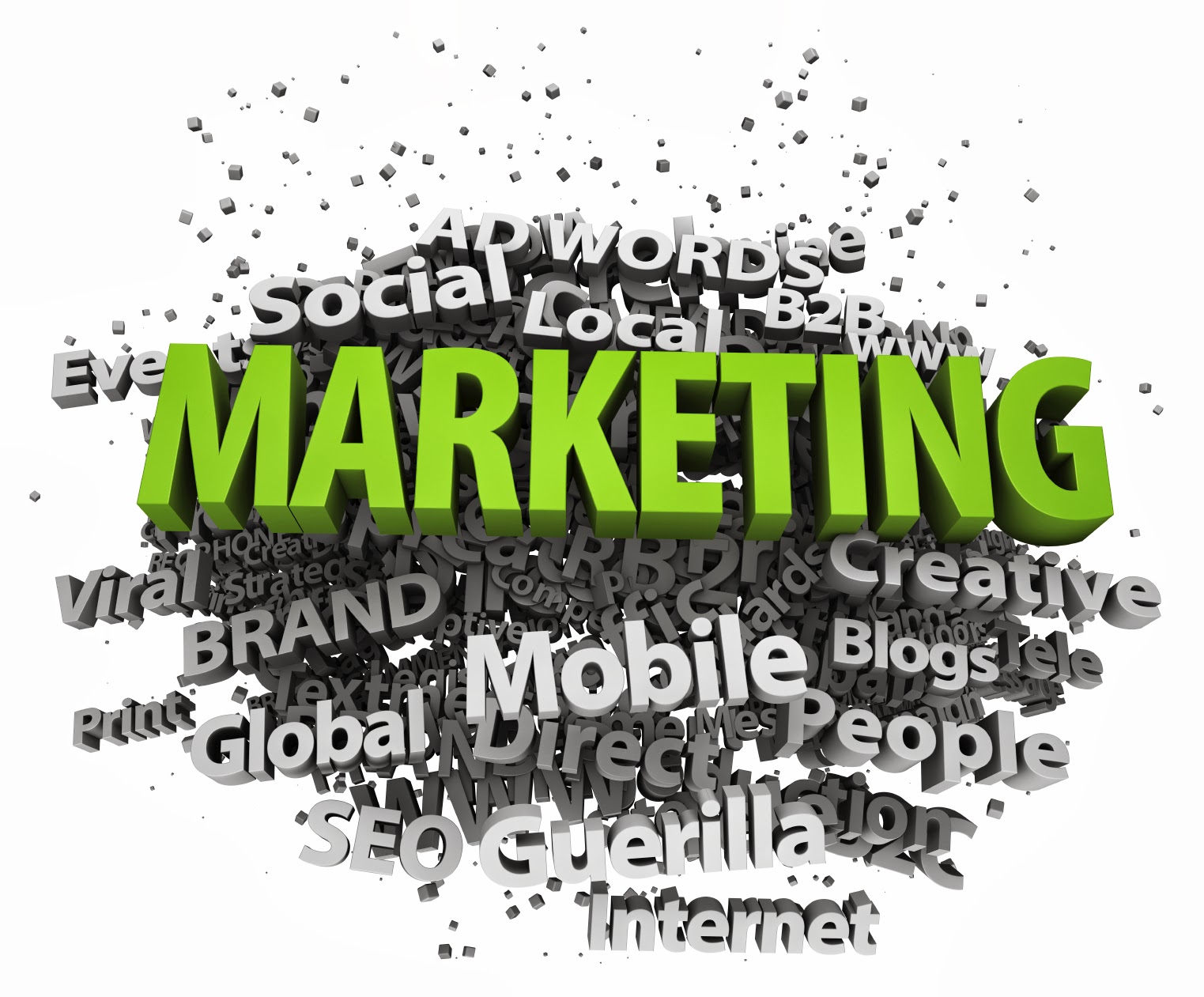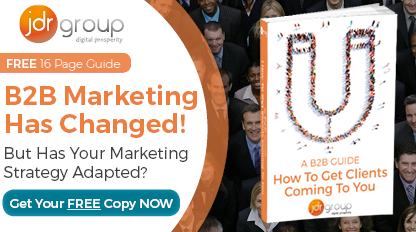How To Automate Your Marketing & Put Your Marketing 'On Autopilot'

Let’s not kid ourselves, if you want to get ahead in an increasingly competitive world you have to automate your marketing. To automate your marketing means that it does exactly that: it takes manual processes within your business and automates them. Email and social media content, contact list information updates, sales funnel management, nurturing and lead scoring, A/B testing, performance measurement and reporting, just to name a few.
By employing the right systems and technology to automate your marketing, your business will start realising its potential by maximising your content marketing Return on Investment (ROI), measured through the increase in sales revenue and new customer acquisitions. Marketing automation has the unique ability to vastly expand the value of your content marketing, as well as your content’s impact, and has been proven to increase conversion rates while at the same time drive repeat purchases by enhancing customer experience.
The innovations in technology have created these specific opportunities for businesses to show greater engagement with their prospects and customers, allowing greater rapport between your company and the people that make it possible to create success, your buyers.
As with any marketing process, the way in which to automate your marketing starts with a solid and well-defined marketing strategy. This will include elements such as determining your target audience, establishing values attached to your goals, and the creation of content assets to be used across a variety of social media platforms.
What Can You Automate? 9 Examples Of Marketing Automation Tools:
Lead Scoring – This automation tool helps define the look and behaviour of qualified leads as they move through the sales funnel by assigning them a ‘score’. The higher the score, the hotter the prospect – it’s a great way of prioritising your leads. Lead score can be calculated with quantifiable data including a leads’ budget and employee size, and include actions taken by leads, to include pages viewed, time spent per page, content downloads etc. This saves your employees valuable time, helping them focus on the leads which are most likely to convert.
Landing Pages – These are website pages designed to convert visitors, and usually involve having an offer (a free webinar, free report, whitepaper etc) which prospects can sign up to receive by filling in a form. The data collected from the form can be synced to your customer-relationship management (CRM) system to populate your customer database with information obtained from your landing page, saving your team from having to spend hours correlating and inputting customer data.
A/B Testing – Done mainly for landing pages and emails, A/B testing will let yu see what really works in your marketing. A/B testing allows you to display two different sets of visuals and text on landing pages, calls to action or in emails. One version is given to half of your prospects and another version to the rest – and you compare the two side by side to see which gets the best results. Learn more about A/B testing here - Landing Page A/B Split Testing - What to Test and How to Do It.
Personalised Emails – Automated, personalised emails sent to prospects and customers that are delivered to the right person, at the right time. Emails that are personalised are more likely to be opened and more likely to get engagement rather than an anonymous corporate ‘e-shot’. Not only can the content be personalised (using their first name, company name or anything else you know about them) but you can also tailor them to your customers behaviour – for example sending information about ‘How to choose the best 3d TV’ to anyone browsing your 3d TVs from your website.
Schedule Social Media Posts – Promoting your content across multiple social media platforms will greatly help in the generation of leads, and gather interest as to your business and its offerings. Marketing automation allows you to schedule the sending of content updates across various social platforms without having it to be done manually.
Segmentation and Prioritising of Contact Lists – Allows for the automatic building of contact lists through a customer and prospect behaviour on your website or landing page. This tool will also give you the automated ability to organise leads into segmented lists – by industry, product interest, buyer journey stage/lifecycle stage and much more.
Trigger Email Workflows – Workflows are predefined sequences of emails, and these can be triggered automatically with marketing automation. These emails can be triggered by prospects visiting a certain website page, reaching a particular point in the buying process, filling out a form on your website (eg signing up for a webinar) or by updates from your sales CRM.
Personalised Website Content – When prospects that are in your customer database visit your website, it is now possible to show them tailored content that includes the use of their name or company name on the page (for example ‘welcome back John’). It is also possible to show different offers or calls to action to different users, depending on whether they are a first time visitor, an existing lead or a customer. It is also possible to change content according to the device the visitor is using (for example reducing the number of form fields for a someone visiting on a mobile phone to improve conversions), their location or whether or not they are a first time visitor.
The automation of the highly necessary tasks of your marketing, and sales, departments is an invaluable tool in the game of time saving and money making. Having the ability to automate your marketing will free staff up to focus on the other areas that may need their attention and focus while at the same time, delivering tailored content to customers and prospects that is quality-rich and ideally suited to their needs.
Your company will without a doubt see an impressive Return on Investment (ROI) once you decide to automate your marketing, driven by informative and quality content that is specifically focused on your target audience. The advantages will speak for themselves once you make the decision to automate your marketing – although as with any tool the key is how it is used. To find out more about how JDR can help you implement marketing automation in your business, go to https://www.jdrgroup.co.uk/marketing-automation-agency.


